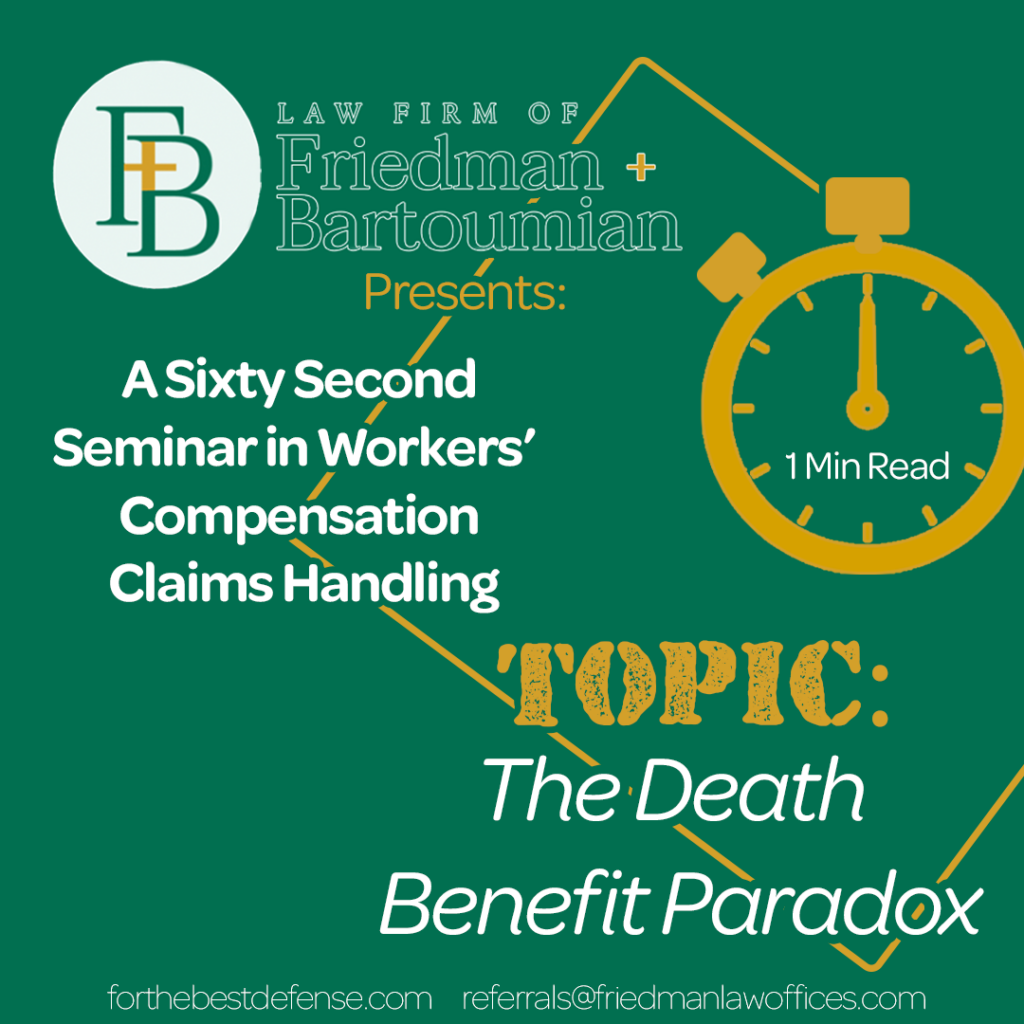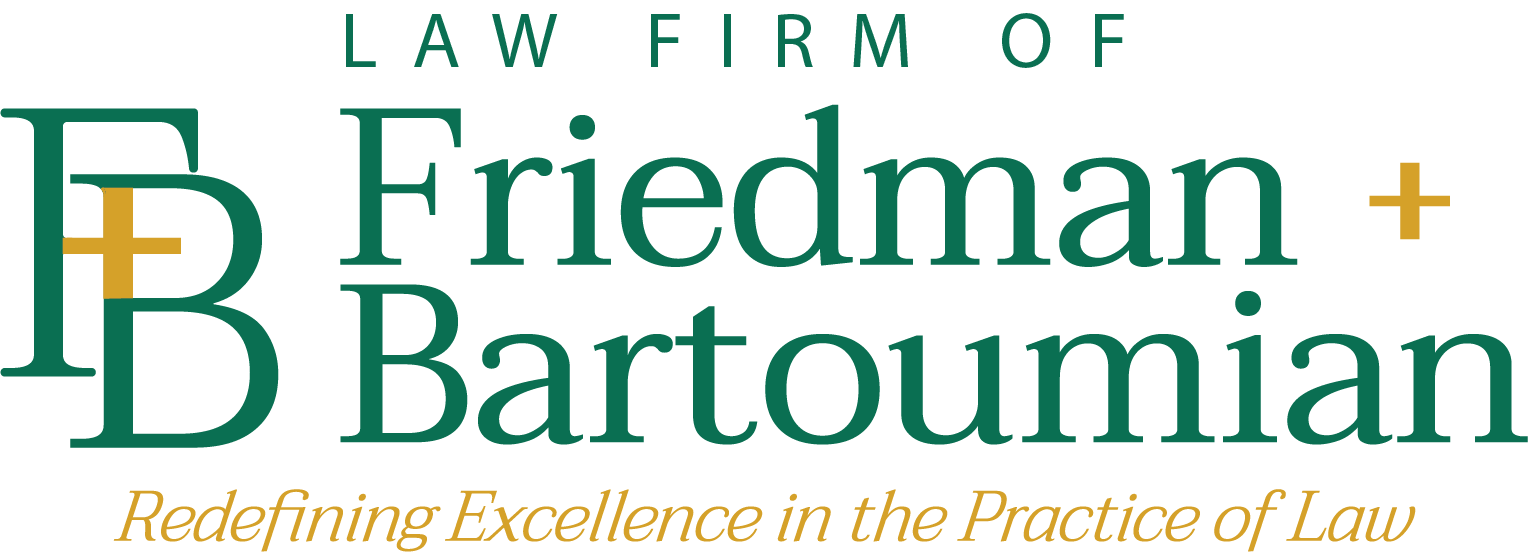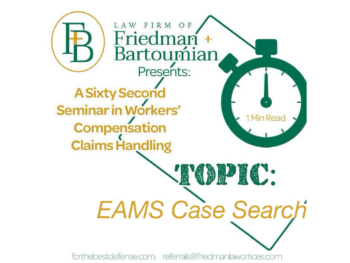
It seems incomprehensible but for the past twenty years our workers’ compensation system has failed to acknowledge a paradox that exists regarding death benefits. The purpose of today’s blog is to explain the paradox to allow our readers to decide on the interpretation of their choice.
We believe it is safe to state that most claims professionals are aware that death benefits are paid at the TD rate. In fact, subsection (b) of LC §4702 specifically states:
“A death benefit in all cases shall be paid in installments in the same manner and amounts as temporary total disability indemnity would have to be made to the employee…” (emphasis added).
LC 4703.5(a) repeats LC §4702(b) where once again the law states that death benefits shall be made “in the same manner and amount as temporary total disability indemnity would have been paid to the employee.”
In 1998 the appeals board issued an en banc decision in Phillips v. Sacramento Municipal Utilities District, wherein the board determined that the two-year TD rule under LC §4661.5 also applied to death benefits. The board ruled that where the TD rate would have increased per LC §4661.5, then so must death benefits, as both are to be paid at the same rate.
Following the Phillips decision, in a subsequent case entitled L.A. County MTA v. WCAB (Omelas), (1999) 65 CCC 86, (writ denied), an employer was hit with a penalty for failing to increase death benefits pursuant to LC 4661.5. In essence, the Board chastised the employer for its failure to comply with the Phillips decision. The board concluded that although benefits were paid at the rate ordered by the judge, the employer should have automatically changed the rate per LC 4661.5. The board penalized the employer for failing to comply with the legislative directive that death benefits be paid at the same rate as TD.
With that said, here comes the paradox that nobody anticipated. In 2004, LC §4656 was amended to limit TD entitlement to 104-weeks, at which time TD discontinues. However, according to the Phillips decision, death benefits must match the TD rate, even when the rate changes. In addition, according to Omelas, the death benefit rate is to automatically change to match TD regardless if payment at a different rate was previously awarded. Since the death benefit and TD rate must match, and where the TD rate decreases to zero after 104-weeks, one may legitimately conclude that the death benefit rate must likewise decrease, but not to $0 since LC §4702(b) requires death benefits be paid at no less than $224 per week. Thus, we have a paradox. After 104-weeks do we pay death benefits at the rate awarded or at $224 per week? As the board correctly pointed out in Phillips and Omelas, our legislature requires death benefits to be paid at the TD rate. This directive is codified under LC §4702 and LC 4703.5(a) where the rates must match, regardless if an increase or decrease occurs.
It has been 20 years since this paradox was first discovered and not a single employer has attempted to reduce death benefits. Either nobody wants to go first or they are unaware of the paradox. We anticipate that the first legal challenge will come from either a self-insured employer or an excess insurance carrier. Afterall, the potential savings will be substantial if for example, death benefits to a disabled child were reduced to $224 per week for life as opposed to $1,600 per week. So, what will our readers do? A strict interpretation of Omelas implies that a WCJ order is not required to reduce benefits, but nonetheless, we recommend obtaining such an order anyway should the issue be raised. Yes, this is indeed quite a paradox. What will you do?


 Incurred But Not Reported (IBNR): A 60-Second Seminar in Workers’ Compensation Claims Handling
Incurred But Not Reported (IBNR): A 60-Second Seminar in Workers’ Compensation Claims Handling
Leave a Reply